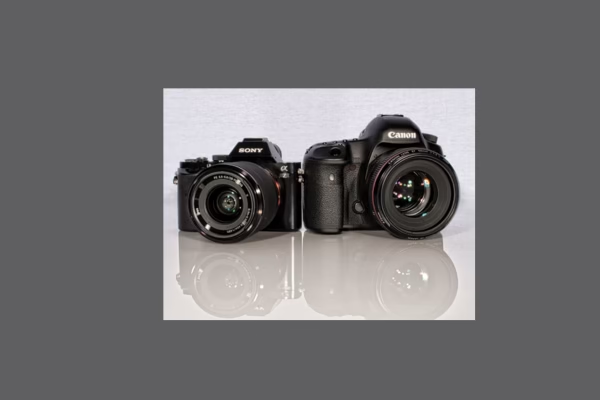Aperture is one of the three main elements that control exposure in photography, alongside shutter speed and ISO. It refers to the size of the opening in a camera lens through which light passes before reaching the image sensor or film. Understanding aperture and how it impacts your photos is essential for any photographer, as it directly affects exposure, depth of field, and overall image quality.
What Is Aperture?
Aperture is essentially the “eye” of your camera lens, controlling how much light enters and reaches the camera’s sensor. The size of this opening is adjustable, and it is measured in terms of “f-stop” values (e.g., f/1.8, f/5.6, f/16). The f-stop number represents the size of the aperture opening—the smaller the number, the larger the opening, and vice versa.
For example:
f/1.4 or f/1.8 – A large aperture that lets in more light. This is ideal for low-light conditions.
f/8 or f/16 – A smaller aperture that allows less light, suitable for bright conditions.
The aperture is controlled by blades within the lens that open and close to adjust the size of the aperture. In some lenses, these blades can form almost perfect circular openings, which is particularly desirable for achieving aesthetically pleasing background blur (or “bokeh”).
Why Is Aperture Important in Photography?
Aperture plays a critical role in several aspects of photography:
- Exposure Control
Aperture directly affects the exposure of your image, which is how light or dark the final photograph will appear. A wider aperture (a lower f-stop value) allows more light to enter the camera, resulting in a brighter image. Conversely, a smaller aperture (a higher f-stop number) reduces the amount of light entering the camera, making the image darker.
For example, in low-light situations like indoor photography or at night, a wide aperture (such as f/2.8 or f/4) helps gather enough light to produce a properly exposed image without needing to increase the ISO or slow down the shutter speed too much.
- Depth of Field (DOF)
Depth of field refers to the area of the photo that is in sharp focus. Aperture plays a crucial role in controlling DOF. A wide aperture (small f-stop number) results in a shallow depth of field, where only a small portion of the scene is in focus, and the background is blurred. This effect is often used in portrait photography to isolate the subject from the background, creating a pleasing bokeh effect.
On the other hand, a narrow aperture (larger f-stop number) results in a deeper depth of field, where more of the scene, from foreground to background, is in focus. This is ideal for landscape photography, where you want everything in the scene to appear sharp and clear.
- Creative Control
Aperture gives photographers creative control over their images. A wide aperture with a shallow depth of field allows for artistic shots with blurred backgrounds, bringing more emphasis to the subject. Conversely, using a smaller aperture with a large depth of field lets you capture expansive, sharp landscapes where every element is in focus.
- Bokeh and Aesthetic Appeal
The shape of the aperture can affect the quality of bokeh in your images. A well-designed aperture creates a smoother, more visually pleasing blur in the background. Lenses with rounded aperture blades tend to create a more circular bokeh, which many photographers prefer for its aesthetic softness.
Aperture is one of the fundamental building blocks of photography, influencing both technical and artistic aspects of your images. Understanding how to control aperture allows you to master exposure, manipulate depth of field, and add creative flair to your photos. Whether you’re capturing portraits, landscapes, or low-light scenes, mastering aperture gives you the tools to enhance your photography and bring your vision to life. So next time you’re behind the camera, remember the importance of aperture—it’s not just about letting in light, but shaping the entire feel of your shot.

